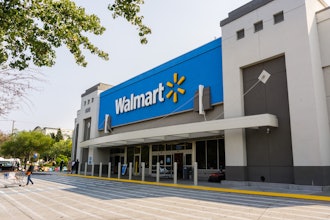
Technology used in the logistics industry has evolved significantly over the years. The market for transportation software is beginning to shift, bringing systems with increased capabilities and user experiences to the forefront. These traits, along with three vital features, have encouraged the growing adoption of advanced transportation management systems (TMS).
First, a simple, easy-to-use interface can outweigh flashy functionalities. System users are seeking not only detailed stats on shipments, but also fast, quality results, easy software implementation and simplified training processes.
A complex user experience will only muddle users’ understanding of daily supply chain operations and add more steps to a process that innovators are attempting to simplify and optimize. UX (user experience) is not a buzzword restricted to mobile internet surfing; it’s a term that all transportation decision-makers must keep in mind when shopping for software that will streamline logistics management.
Second, along with a simplified user experience should come an integrated search function that links to data collected from real-time tracking. Prior to big developments in technology, transportation professionals resorted to manually reaching out to carriers and other connected providers to question the status of shipments, attempt to mitigate issues and regularly record shipment information.
Rates were determined by manual input, and the addition of wand technology still required information seekers to visit carrier websites to view tracking information. Now, in addition to the shipper, executives from all levels of a business and from all areas of supply chain operations benefit from TMS software.
Finally, module customization is a key feature that plays into TMS user experience, and transportation executives can benefit from adding customization options to their list of third-party solution requirements. A central dashboard offers an overview of the information most relevant to the user, but featured modules also aid in the segmentation and compartmentalization of constantly refreshing data.
Depending on the industry needs of TMS users, report generation should be adaptable to differently structured financial reporting in making financial processes more efficient.
But why are these requirements important in the age of IoT? Your transportation management system might not be the most high-tech component of your supply chain, but it does do a lot, uniting data received from customers, vendors, carriers, your internal team and your third-party provider.
IoT means data systems, and for the logistics industry that comes in the form of an advanced TMS. Consulting that platform and configuring its modules to capture the right data will help you stay on top of your supply chain and in tune with IoT - leading to smarter business decisions and new efficiencies. Use your system to keep tabs on disruptions, compile helpful analytics and prepare your supply chain for future advancements and regulations.
TMS users leverage enterprise-wide information daily to best execute their jobs and make necessary decisions in real-time. But these decisions are only as good as the insights derived from clean and quality data collection.
Scott McDevitt is the President and CEO of Translogistics, Inc. He began his career in the transportation industry working with Roadway Express in 1988.






















